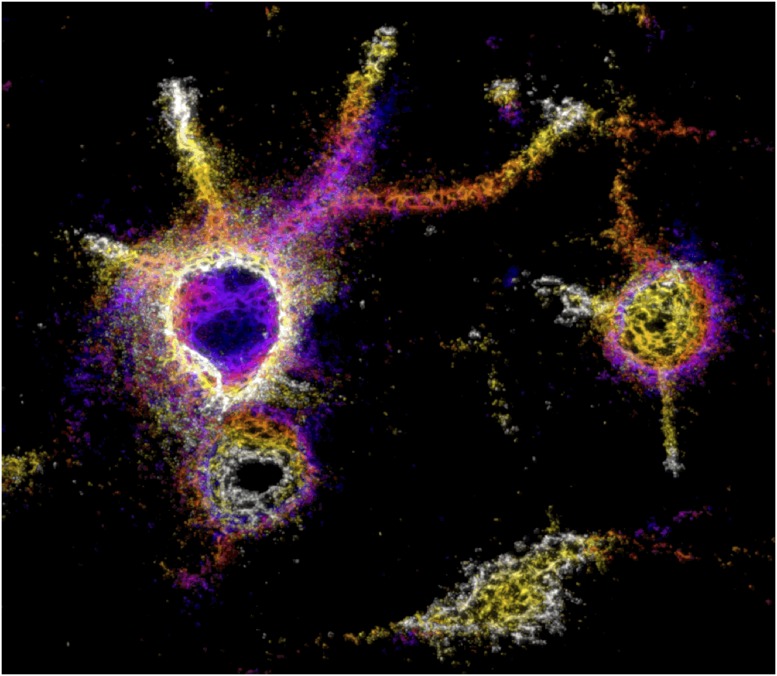Monday, 19 August 2024
Discovery of the “jailer” in our neurons
Today I’d like to say a few words about a phenomenon that is related to neuronal plasticity and that I’d never heard of before. I learned about it in a book entitled Seeing the Mind: Spectacular Images from Neuroscience, and What They Reveal about Our Neuronal Selves, by French cognitive psychologist Stanislas Dehaene. Actually, I read the original French edition, published in 2021, but I don’t have access to the English edition, published in 2023, so the following excerpt is my own translation:
As we age, certain neurons, and especially the large inhibitory neurons that control the activity of their surroundings, become wrapped in a perineuronal net,a rigid lattice that holds them still. This aggregate of proteins and sugar chains, which has some of the same ingredients as cartilage, prevents the nerve cells from changing. Hence they cannot form new connections or even alter existing ones; emprisoned in this net, the neuron loses its plasticity.
From the Simple to the Complex | Comments Closed








